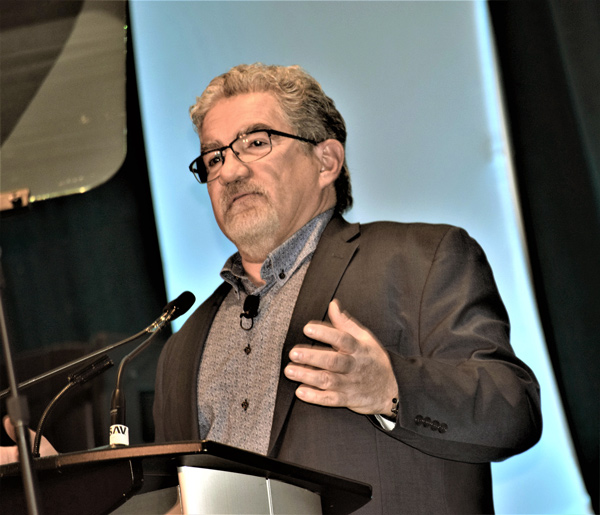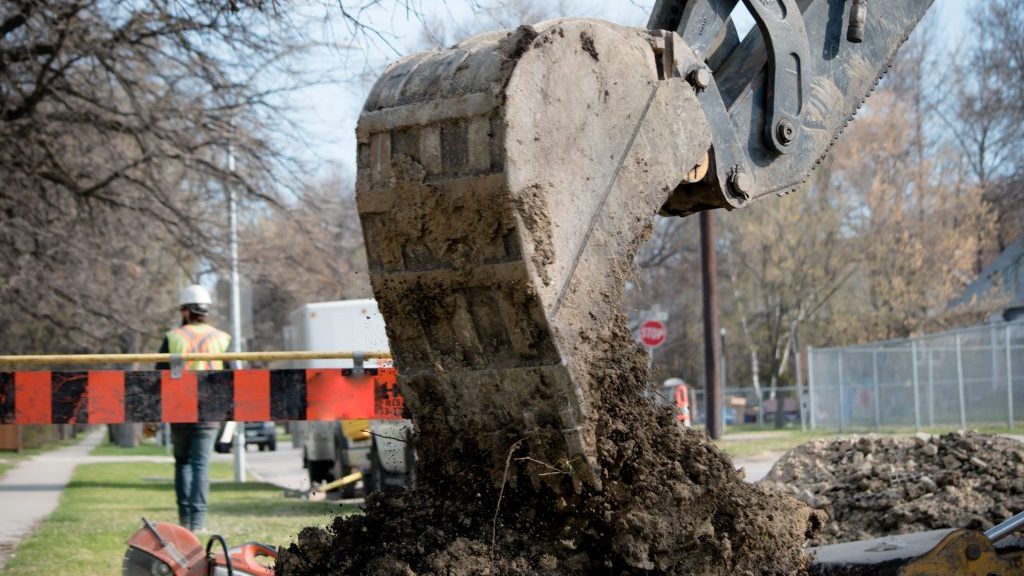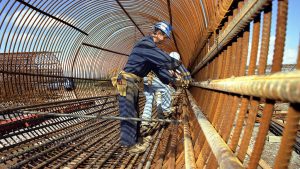Ontario’s five-year-plus odyssey to modernize regulations governing the reuse of excess soils created during construction may be approaching the end stage — but then again, it may not.
The multi-faceted government, stakeholder and citizen review process that was launched five years ago after MPP for Wellington-Halton Hills Ted Arnott had complained of construction dump trucks filled with soils rumbling by constituents’ homes in 2013 took a detour after the election of the Doug Ford government last June. The consultation had produced such proposed regulations and policies as the On-Site and Excess Soil Management Regulation, the Beneficial Reuse Assessment Tool (BRAT) and the Rationale Document for Development of Excess Soil Standards.
Excess soils were mentioned in both the Made-in-Ontario Environment Plan released last November and the waste discussion paper unveiled March 6, leaving industry stakeholders like Andy Manahan of the Residential and Civil Construction Alliance of Ontario (RCCAO) wondering whether the work accomplished under the previous Liberal government might be abandoned.
Asked for a preview of next moves by the government, Ontario Ministry of the Environment, Conservation and Parks (MECP) spokesperson Gary Wheeler said in a statement the ministry is working to finalize rules on excess soils but that further consultation with the industry would be undertaken.
“Our ministry is committed to making it easier and safer to reuse excess soil and to increase the redevelopment and clean-up of contaminated lands in Ontario,” Wheeler wrote.
The environment plan, on which public input was solicited through January, “recognizes the importance of excess soil as a resource that can be reused,” Wheeler said, while the March Discussion Paper on Reducing Litter and Waste in our Communities recognizes the need to “make it easier for construction businesses to know what soils they can reuse and what soils need to be disposed of or treated before reusing,” he said.
Wheeler added, “We will continue to work closely with representatives from industry, the municipal sector and other interested parties as we move forward with these actions.”
Manahan commented he is pleased the MECP continues to put a priority on the reduction of waste and is looking for ways to reduce the pressure on scarce landfill space. He noted the RCCAO had recommended in its response to November’s environment plan that the main pre-election stakeholder body, the Excess Soils Engagement Group (ESEG), should be reconvened to prioritize action items and develop an implementation plan for reforms. A multi-ministry approach was recommended, with the Ministry of Municipal Affairs and Housing to engage in municipal outreach.

Stakeholder outreach should also revisit the 2016 Excess Soils Management Framework of 21 action items, Manahan said.
Typical of the diverse concerns raised by stakeholder groups over the years, key issues identified by a panel on the topic chaired by Manahan at the Ontario Road Builders’ Association conference held last month included clarifying responsibility for managing excess soil and conditions for reuse of soils; ensuring excess soil is properly characterized and relocated to an appropriate reuse site; reducing regulatory complexity; and incorporating the concerns of haulers who in some jurisdictions are currently required to haul soils lengthy distances to another jurisdiction, raising safety and emissions issues.
“There are three things that I touched on, the safety factor, the environmental impact and the cost,” commented panellist Tony DiPede, general manager with the North Rock Group, a general contractor.
“As far as the safety aspect of it, with all those trucks on the road, there is no reason for them to be on the road. We could be dumping them in closer proximity. There is no reason to go from Toronto to King City and from King City to Innisil.”
The liability issue is significant, DiPede said, with responsibility shifted from the owner to the project leader as debate over the regulations evolved.
“Liability is the big issue,” he said. “Why are they downloading liability onto the contractors? You (the owner) are the one making the money on the project, you should be responsible for it, not downloading it onto somebody else.”
Both Manahan and DiPede said they feel the new government is aware of the importance of the myriad issues addressed by the ESEG and other bodies and that the years of work will not go to waste.
“I think the odds are in our favour that the current package with those tweaks we are looking for will be in place,” said Manahan.
“Yeah they are listening, they just need to speed it up,” said DiPede. “We are happy they are moving forward and consulting with everybody and we think they are going to change it in the right way.”










Recent Comments
comments for this post are closed